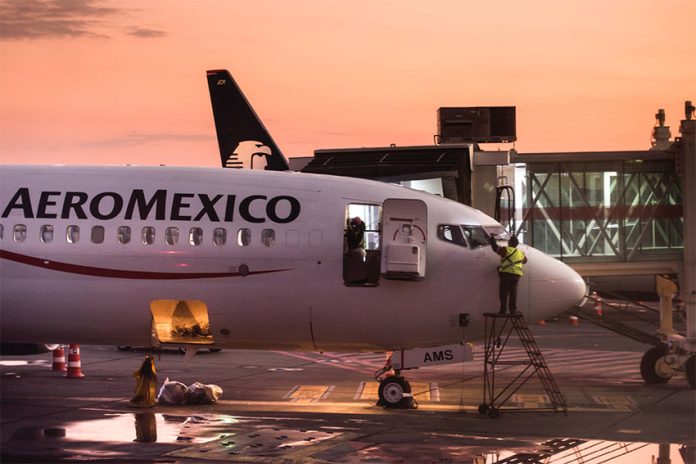Nearshoring is fueling the airline industry by driving traffic to the areas in Mexico with the highest foreign investment: the Bajío area, Central Mexico, and the northern states.
A study conducted by Monex, a Mexican foreign exchange company, revealed that following the industrial real estate sector, the airline industry is the second-most-benefited from the nearshoring phenomenon, which has made the country a favorite for relocating operations to be closer to the United States.
Monex found that the boost in incoming flights is due to a number of reasons. Agreements like the Mexico, United States and Canada treaty (USMCA), which promotes connectivity between the three countries, and the Free Trade Network of Mexico, which grants the country preferential access to 50 nations, have fueled part of the air traffic.
The rapid recovery of passenger traffic post-pandemic and average airfare costs lower than other countries, have also helped. A coordinated planning with regional airport associations has helped ease saturation at the Mexico City International Airport (AICM) and meet the demand added by nearshoring.
An industrial broker told newspaper Reforma that “after disruptions in the supply chain, many companies are accelerating their plans to relocate to Mexico.” He said that the pandemic paused business travel but as businesses relocate, corporate travel has made a comeback among executives who must travel to different locations in Mexico to decide where their companies will settle down.
Despite the increase in business travel, tourism and family travel holds the largest share of the market with a whopping 79%. The remaining 21% of all air traffic coming in and out of Mexico is business travel.
Finally, Monex said that with China no longer at the center of the supply chain, air cargo is now a more viable option and the airline industry is starting to convert passenger planes into cargo planes.
With reports from Reforma
